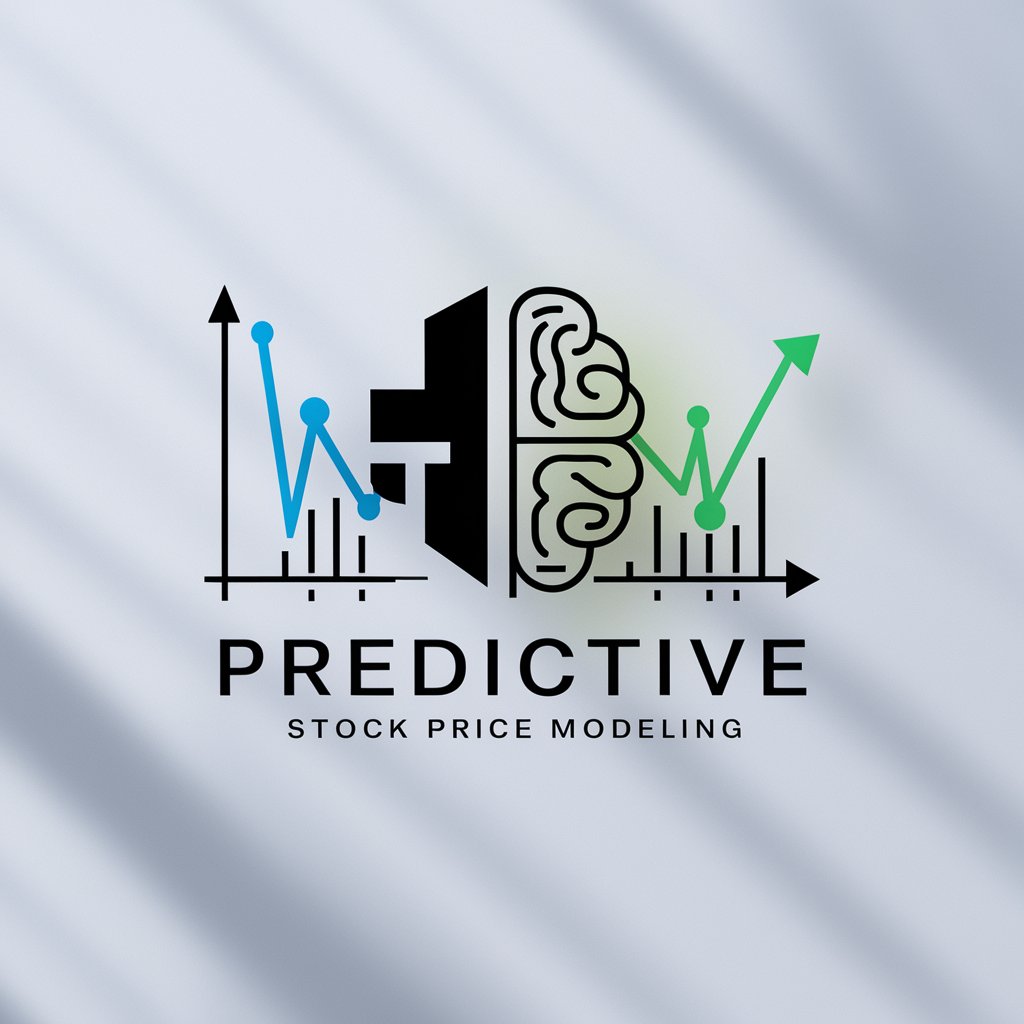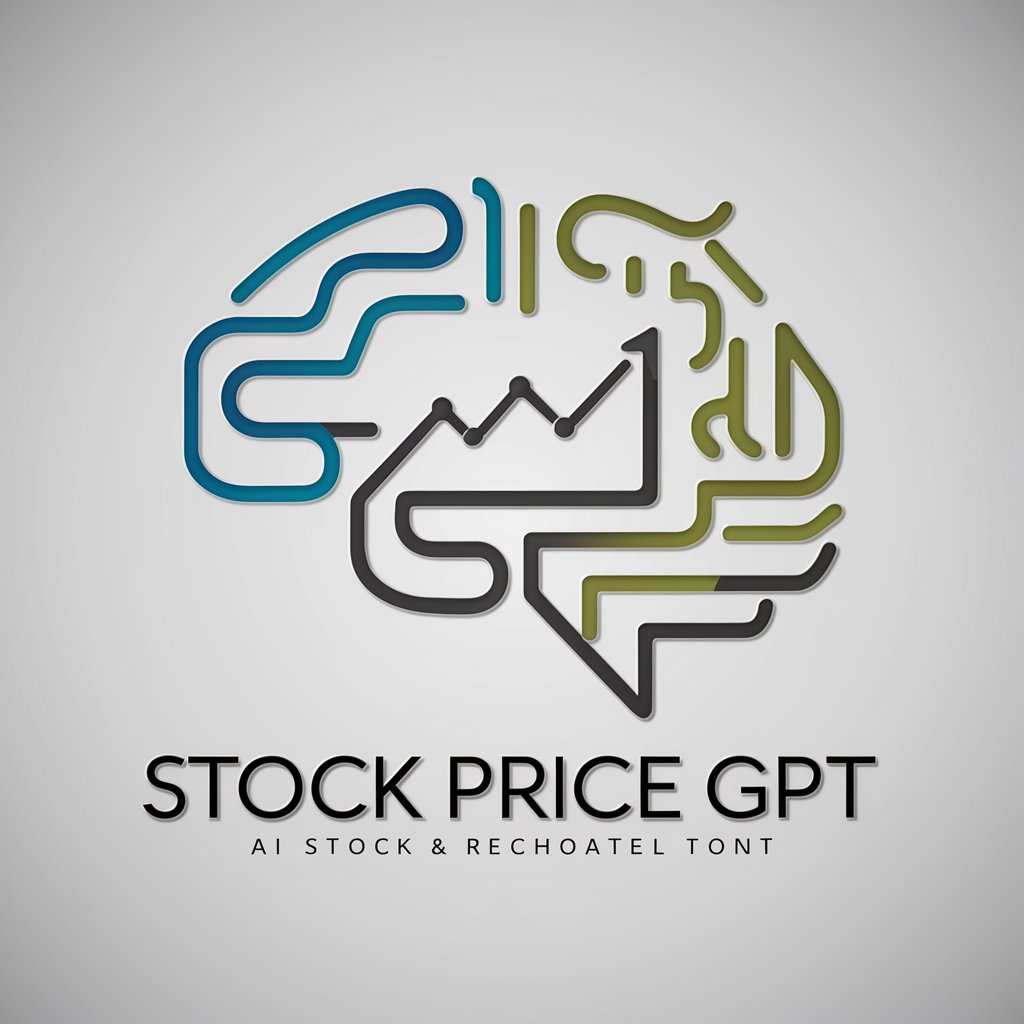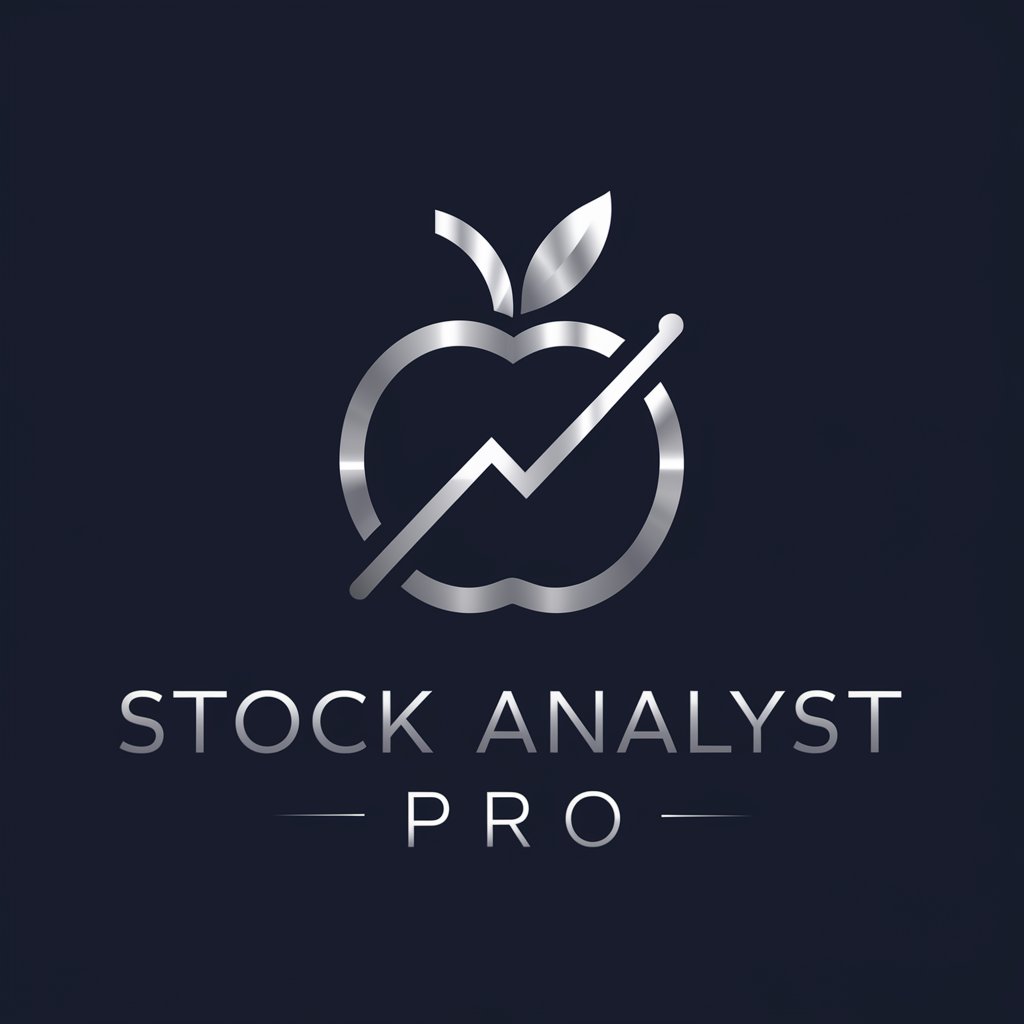Predictive Stock Price Modeling - Stock Price Forecasting AI

Welcome! Let's dive into stock price modeling together.
Unlock Market Insights with AI-Powered Predictions
Analyze the historical stock price data of
Evaluate the impact of recent news on
Compare the market indicators for
Assess the trends in stock prices for
Get Embed Code
Overview of Predictive Stock Price Modeling
Predictive Stock Price Modeling employs statistical techniques and machine learning algorithms to forecast future stock price movements based on historical data, market indicators, and news sentiment analysis. This approach involves analyzing patterns from past market behavior to predict future trends and price levels. For instance, regression models might be used to correlate specific market behaviors with stock price fluctuations, while sentiment analysis could help gauge the impact of news events on stock prices. A practical scenario includes using time-series forecasting models like ARIMA or LSTM networks to predict stock prices for the next trading day based on historical price movements and volume data. Powered by ChatGPT-4o。

Core Functions of Predictive Stock Price Modeling
Historical Data Analysis
Example
Using logistic regression to identify price trends from past stock performance data.
Scenario
An investor may use this function to analyze historical data of tech stocks to determine patterns during product launch periods, helping them to make informed decisions about when to buy or sell.
News Sentiment Analysis
Example
Applying natural language processing to assess the sentiment of financial news articles and its impact on stock prices.
Scenario
A portfolio manager might analyze the sentiment around a company's earnings announcement to predict short-term stock movements and adjust their positions accordingly.
Market Indicators Analysis
Example
Incorporating indicators like moving averages or RSI (Relative Strength Index) to predict price movements.
Scenario
A day trader could use this analysis to determine optimal entry and exit points for trades based on predicted resistance and support levels, enhancing trading strategies.
Target User Groups for Predictive Stock Price Modeling
Individual Investors
Amateur or semi-professional investors who want to enhance their decision-making process with data-driven insights would benefit greatly. These users can use predictive modeling to better time the market and manage risk.
Financial Analysts
Professionals who require accurate forecasts to provide recommendations to clients or to manage large portfolios. They can leverage complex models to perform deep market analysis and forecast future movements.
Quantitative Traders
Traders who utilize algorithms to make high-frequency trades based on quantitative data. Predictive modeling can provide these traders with real-time analytics to automate and optimize their trading strategies.

Using Predictive Stock Price Modeling
Initial Setup
Visit yeschat.ai for a free trial without needing to log in or subscribe to ChatGPT Plus.
Data Collection
Gather historical stock data, market indicators, and relevant news articles to feed into the model. This provides a robust dataset for analysis.
Model Selection
Choose a modeling approach such as regression, machine learning, or neural networks based on the complexity of the dataset and the prediction accuracy required.
Model Training
Train your selected model using historical data. Validate the model with a portion of the data not used in training to check its predictive accuracy.
Implementation
Apply the model to current data to predict future stock prices. Continuously refine the model by incorporating new data and adjusting for market changes.
Try other advanced and practical GPTs
Orange Pi 5 Plus Assistant
Empowering Orange Pi 5 Plus Users with AI

Orange Pill GPT
Unlocking Bitcoin Wisdom with AI

Orange Assessor
Your AI-powered citrus inspector

La Orange
Unveiling the Orange World with AI

Orange
Empowering Orange Enthusiasts with AI

Vokabelliste Orange Line 1
Revolutionize language learning with AI.

Stock Price GPT
Real-time stock price insights, AI-powered

Apple Stock Price Prediction
AI-powered Apple stock forecasts

Stock Price Data Visualization GPT
Visualize stock trends with AI

Describe GPT
Crafting Elegant Jewelry Descriptions with AI

Witcare Hub
Empowering your move with AI

AdTransit Hub
Optimize Transit Advertising with AI

FAQs on Predictive Stock Price Modeling
What is Predictive Stock Price Modeling?
Predictive Stock Price Modeling is the use of statistical techniques and algorithms to forecast future stock prices based on historical data, market trends, and other relevant indicators.
Which algorithms are commonly used in stock price prediction?
Common algorithms include linear regression, decision trees, random forests, and neural networks. Advanced techniques might use deep learning models like LSTM (Long Short-Term Memory) networks.
How important is data quality in stock price prediction?
High-quality, accurate, and timely data is crucial for predictive modeling. Poor data quality can lead to misleading predictions and potential financial losses.
Can Predictive Stock Price Modeling guarantee profits?
No, it cannot guarantee profits. While it helps in making informed decisions, the stock market is influenced by many unpredictable factors.
How can one enhance the accuracy of a Predictive Stock Price Model?
Enhancing accuracy can be achieved by using more diverse datasets, incorporating more variables, refining the model regularly, and using ensemble methods to combine multiple models.
